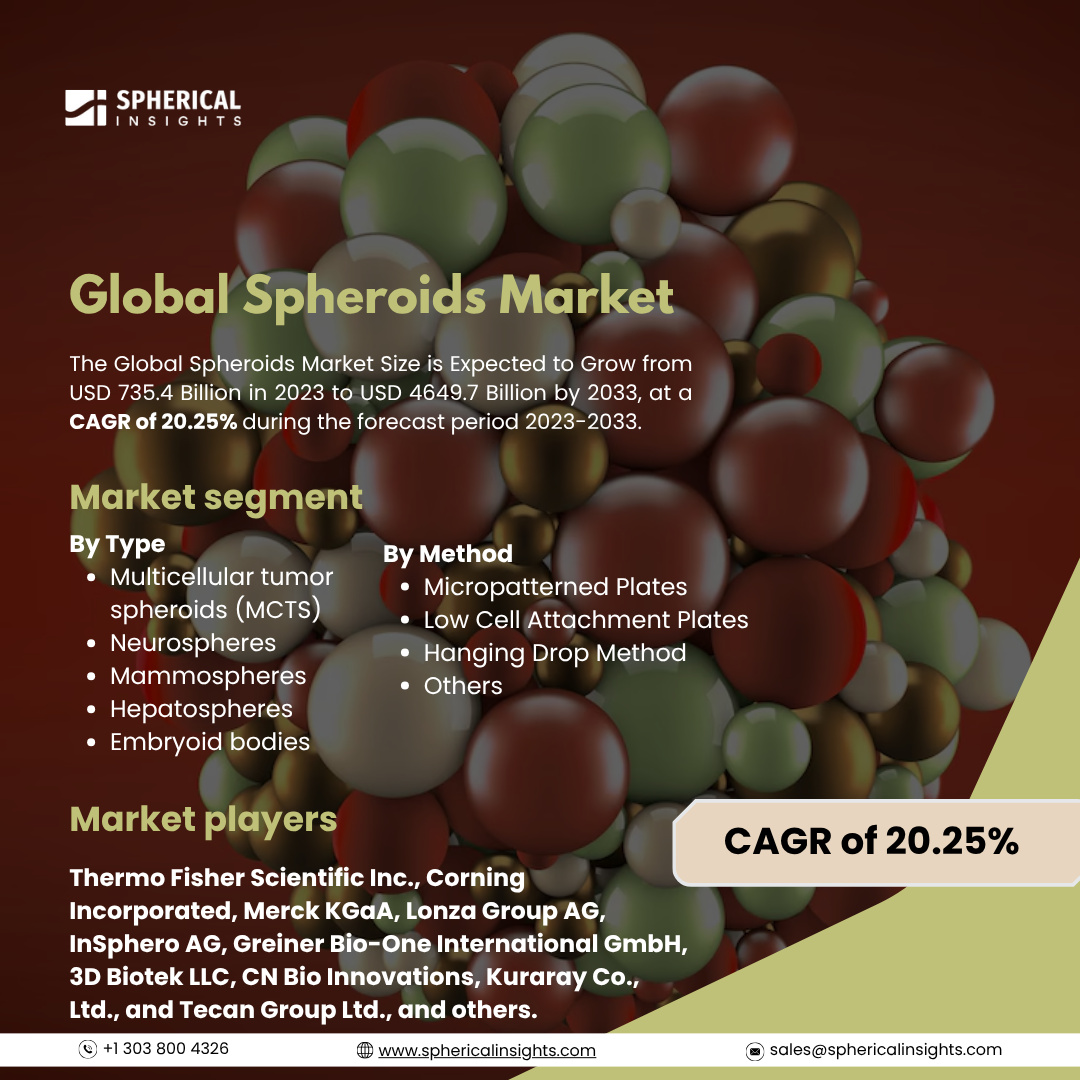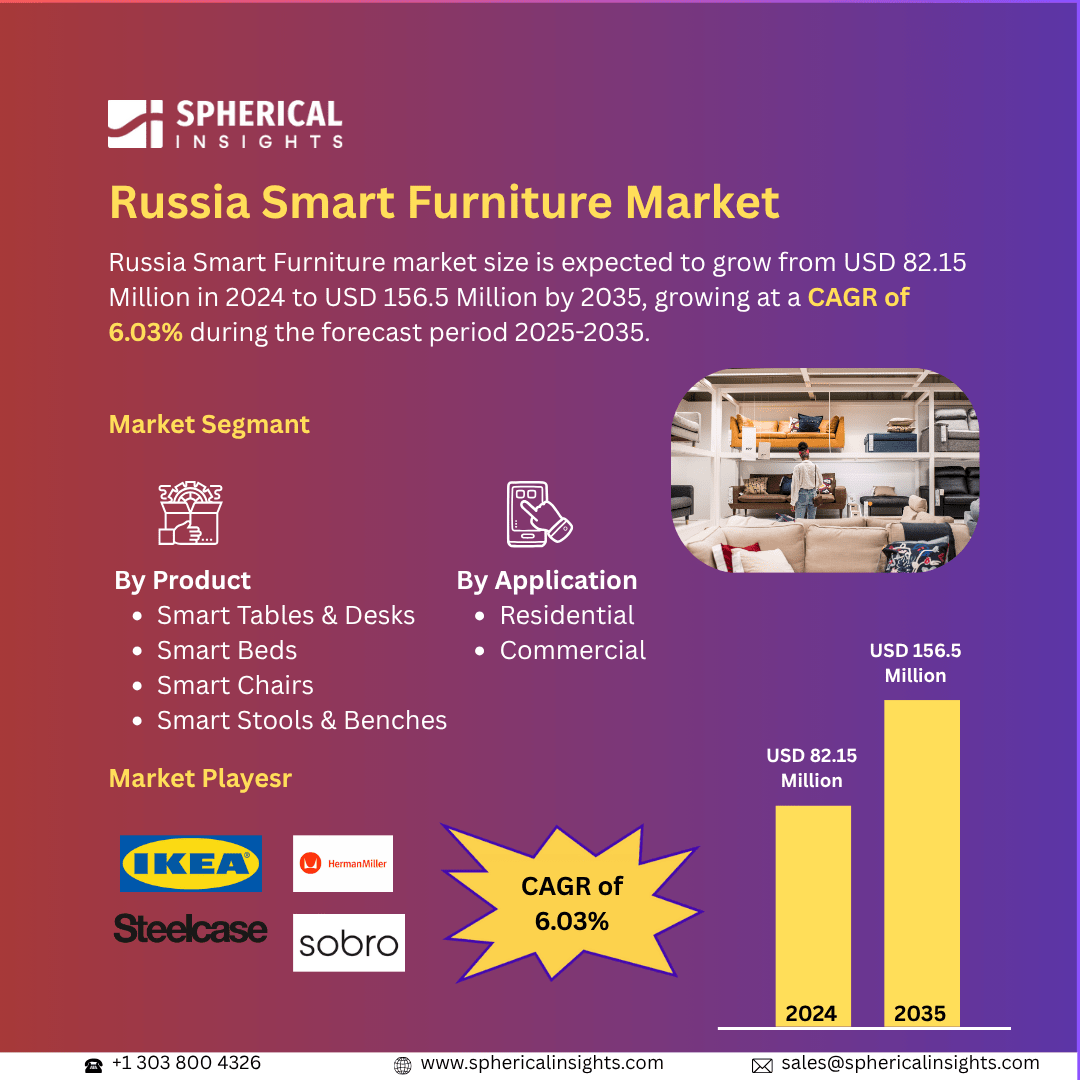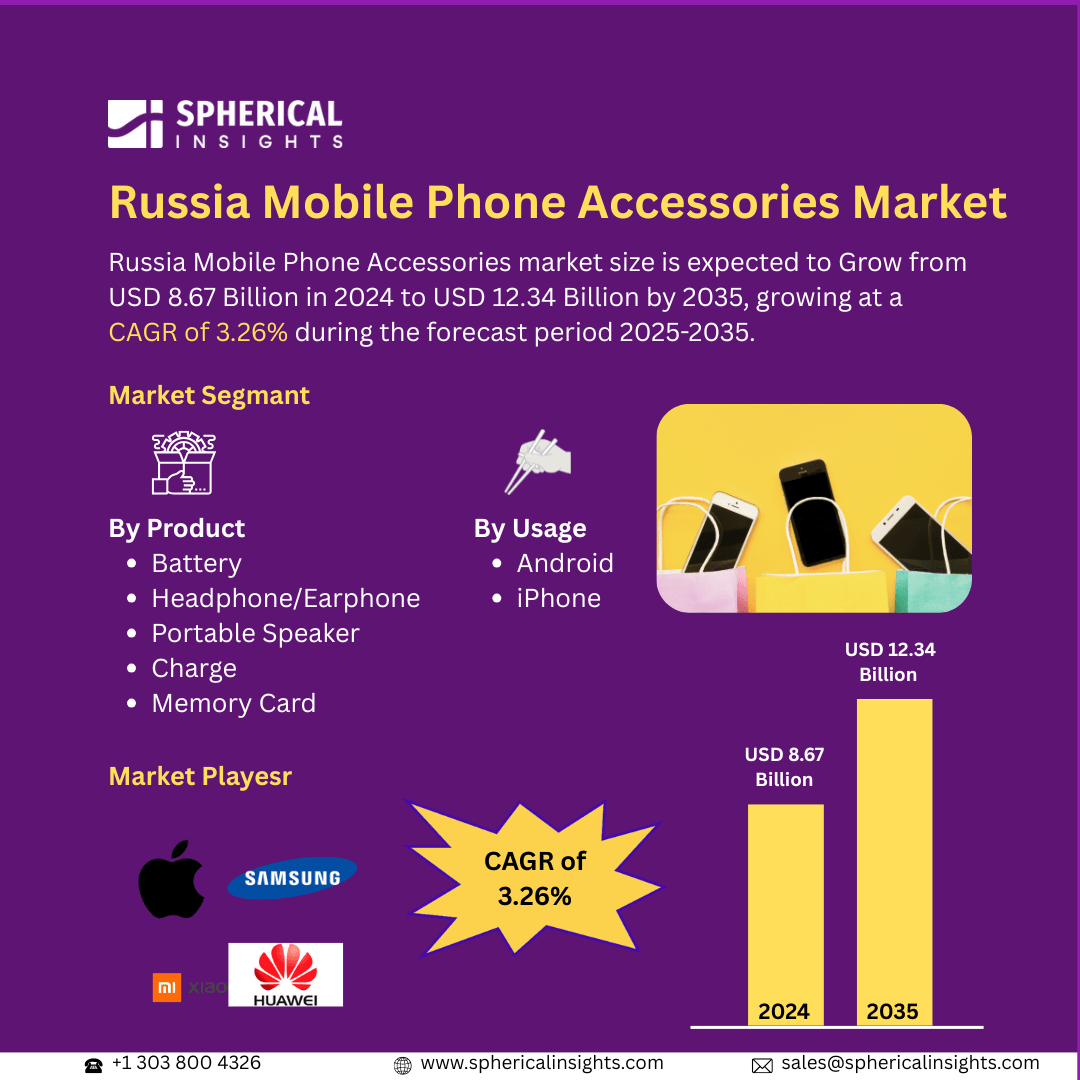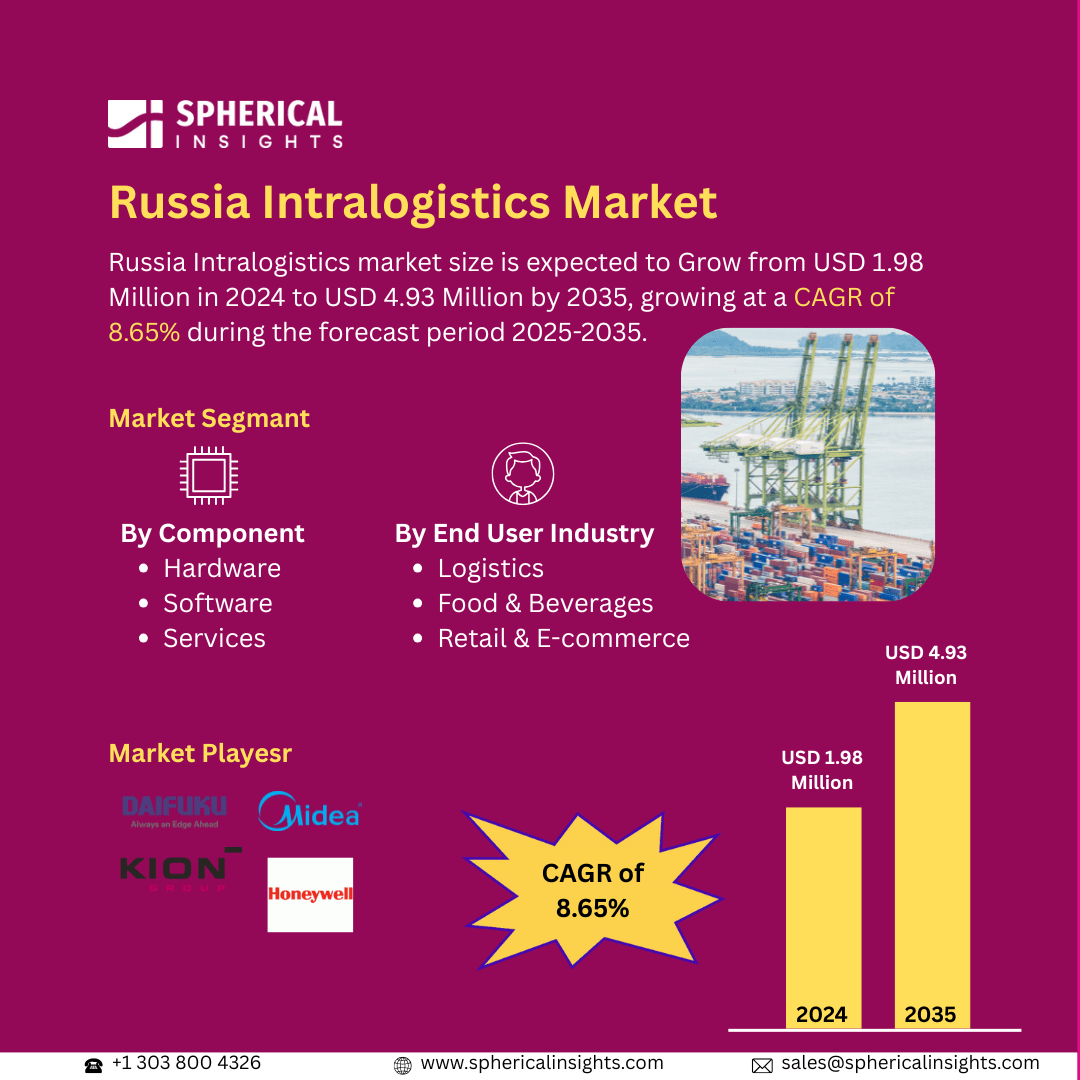Global Spheroids Market Size To Exceed USD 4649.7 Billion by 2033
According to a research report published by Spherical Insights & Consulting, The Global Spheroids Market Size is Expected to Grow from USD 735.4 Billion in 2023 to USD 4649.7 Billion by 2033, at a CAGR of 20.25% during the forecast period 2023-2033.
Browse 210 Market Data Tables And 45 Figures Spread Through 190 Pages and In-Depth TOC On The Global Spheroids Market Size, Share, and COVID-19 Impact Analysis, By Type (Multicellular tumor spheroids (MCTS), Neurospheres, Mammospheres, Hepatospheres, and Embryoid bodies), By Method (Micropatterned Plates, Low Cell Attachment Plates, Hanging Drop Method, and Others) and By Region (North America, Europe, Asia-Pacific, Latin America, Middle East, and Africa), Analysis and Forecast 2023 - 2033.
A spheroid is a three-dimensional (3D) cell culture in biology and drug discovery where cells self-aggregate into sphere-like structures. Compared to conventional 2D cell cultures, these structures provide a more physiologically relevant model by simulating tissue and microtumor environments. Applications for spheroids include drug screening, regenerative medicine, and understanding the behavior of cancer. An ellipse rotated around one of its axes forms a spheroid, a geometric shape known as an ellipsoid of revolution. It has circular symmetry and two equal semi-diameters. A prolate (elongated) spheroid, resembling a rugby ball, is produced when the ellipse is rotated about its major axis. It becomes an oblate (flattened) spheroid when rotated about its minor axis. Furthermore, the spheroid industry is driven by the growing need for physiologically relevant 3D cell culture models in regenerative medicine, drug discovery, and cancer research. Compared to conventional 2D cultures, spheroids more accurately reproduce in vivo cellular interactions, nutrient gradients, and tissue architecture, producing more predictive data for drug efficacy and toxicity screening. However, standardization, reproducibility, and development costs are some of the issues facing the spheres market.
The multicellular tumor spheroids (MCTS) segment dominated the largest share in 2023 and is anticipated to grow at a significant CAGR during the forecast period.
Based on the type, the global spheroids market is divided into multicellular tumor spheroids (MCTS), neurospheres, mammospheres, hepatospheres, and embryoid bodies. Among these, the multicellular tumor spheroids (MCTS) segment dominated the largest share in 2023 and is anticipated to grow at a significant CAGR during the forecast period. MCTS are extremely useful for preclinical drug screening and cancer biology research because, in contrast to 2D monolayer cultures, these replicate important tumor characteristics like hypoxic cores, nutrient gradients, and intricate cell-cell interactions. Their applicability in simulating tumor growth, metastasis, and response to treatment leads to their broad use in academic and pharmaceutical research centered on oncology.
The hanging drop method segment held the highest share in 2023 and is anticipated to grow at a significant CAGR during the forecast period.
Based on the method, the global spheroids market is divided into micropatterned plates, low cell attachment plates, hanging drop method, and others. Among these, the hanging drop method segment held the highest share in 2023 and is anticipated to grow at a significant CAGR during the forecast period. In academic and industrial settings, the hanging drop method has emerged as a preferred option for cancer research, drug screening, and regenerative medicine due to the growing demand for high-quality, scalable, and affordable 3D culture systems.
North America is anticipated to hold the highest share of the global spheroids market over the projected period.
North America is anticipated to hold the highest share of the global spheroids market over the projected period. This is because 3D spheroids have been made possible by technological advancements. This is because it offers a more realistic depiction of human tissue structures; these cutting-edge models have outperformed conventional 2D cell culture platforms. Researchers can produce more accurate and predictive results from their experiments by designing a microenvironment that closely resembles in vivo conditions.
Asia Pacific is estimated to grow at the fastest CAGR in the global spheroids market during the forecast period. This is because of the ongoing advancements in stem cell research. It is anticipated that an increase in collaborations between important market players will boost market expansion. For instance, UPM Biomedicals and Nichirei Biosciences teamed up in March 2020 to supply UPM culture products in Japan. As a result, there were more natural hydrogels available for spheroid culture.
Company Profiling
Major vendors in the global spheroids market are Thermo Fisher Scientific Inc., Corning Incorporated, Merck KGaA, Lonza Group AG, InSphero AG, Greiner Bio-One International GmbH, 3D Biotek LLC, CN Bio Innovations, Kuraray Co., Ltd., and Tecan Group Ltd., and others.
Key Target Audience
- Market Players
- Investors
- End-users
- Government Authorities
- Consulting and Research Firm
- Venture capitalists
- Value-Added Resellers (VARs)
Recent Development
- In June 2023, in order to distribute its RASTRUM miniaturized 3D cell culturing platform in India, Inventia Life Science teamed up with Biotron Healthcare. It is anticipated that this partnership will advance the study of organoids and spheroids by facilitating Indian researchers' access to the cutting-edge RASTRUM platform technology.
Market Segment
This study forecasts revenue at the global, regional, and country levels from 2023 to 2033. Spherical Insights has segmented the global spheroids market based on the below-mentioned segments:
Global Spheroids Market, By Type
- Multicellular tumor spheroids (MCTS)
- Neurospheres
- Mammospheres
- Hepatospheres
- Embryoid bodies
Global Spheroids Market, By Method
- Micropatterned Plates
- Low Cell Attachment Plates
- Hanging Drop Method
- Others
Global Spheroids Market, By Regional
- North America
- Europe
- Germany
- UK
- France
- Italy
- Spain
- Russia
- Rest of Europe
- Asia Pacific
- China
- Japan
- India
- South Korea
- Australia
- Rest of Asia Pacific
- South America
- Brazil
- Argentina
- Rest of South America
- Middle East & Africa
- UAE
- Saudi Arabia
- Qatar
- South Africa
- Rest of the Middle East & Africa



